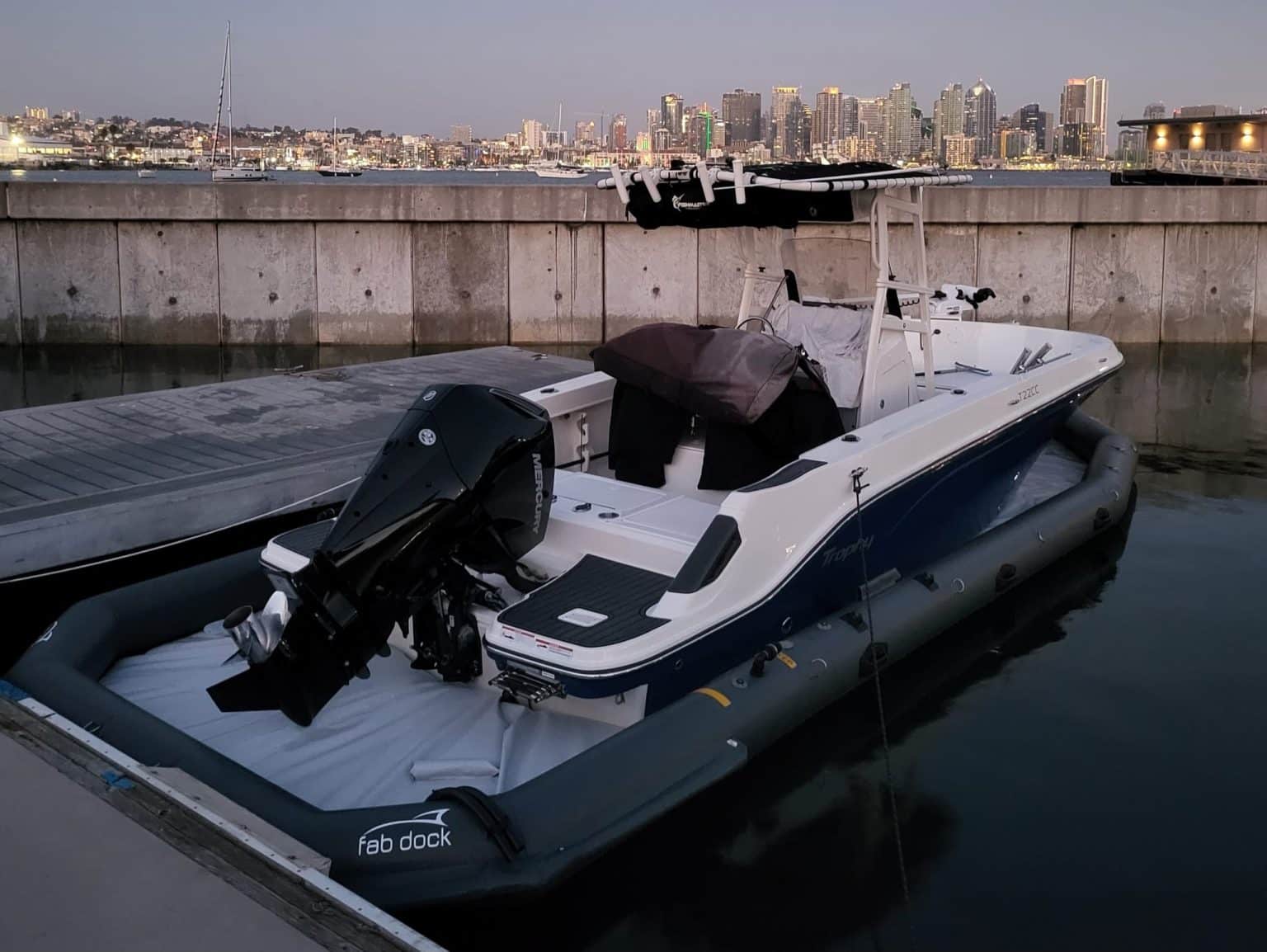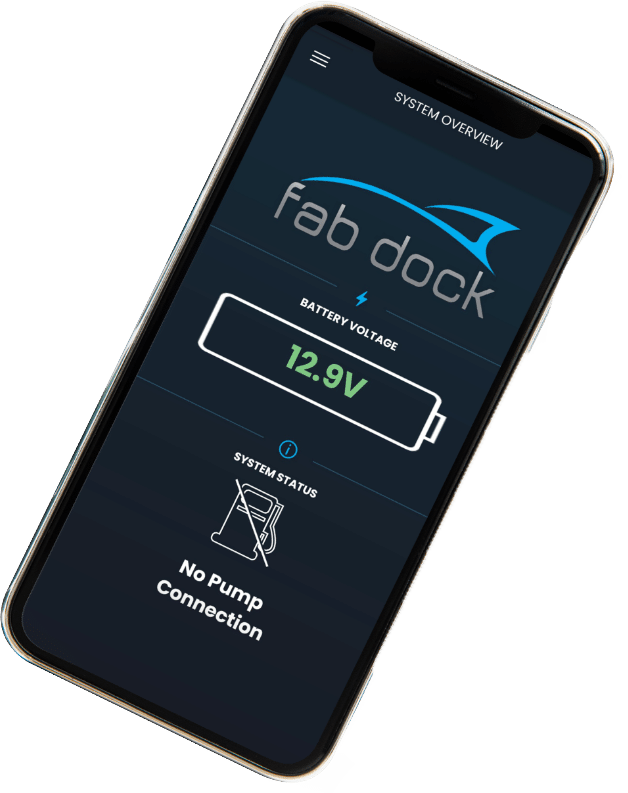
Uh oh. You know you’re in trouble when one (or more…) of these things happens:
If you have an aluminium or steel boat:
- Blisters start appearing under your paint
- Pits form on the underwater areas of your boat
- Blisters pop up in lines along sharp edges such as chines and keels
- Corrosion appears, or white calcium deposits
- Paint peels off in sheets
- Metal components literally dissolve – sometimes in days.
If you have a fibreglass boat:
- Blisters start to appear and paint starts to peel on Stern drives.
- There is pitting on your propellers and shafts.
- Zincs or anodes are disappearing faster than usual.
- Exhaust components are corroding.
What is doing this to your beloved boat?
Chances are it’s one of two processes – electrolysis, more accurately known as electrolytic corrosion, or galvanic corrosion.
Here’s a quick explainer:
Electrolytic corrosion
This happens when an accidental, or stray, current is present, usually due to faulty wiring or a defect in the metal. These harmful currents may come from on board your boat or from the dock. They are made worse in marinas because other nearby vessels may be generating these currents. The stray current seeks to earth itself and if seawater is present, look out! Seawater acts as an electrolyte, meaning that it is an efficient conductor of electricity. That means stray currents will flow into and through it, causing corrosion in conductive metals. This is particularly noticeable in places where conductive metals are ‘shedding’ current into the sea. Or when your prop dissolves…
Think that can’t happen? To get an idea of how rapid corrosion can be, consider this:
Galvanic corrosion
This corrosive process occurs when two different metals touch each other with an electrolyte (such as saltwater) present. Different metals have differing electrical potential and when you put them close to each other, they will generate a very weak, corrosive current.
Prevention: watch out for the neighbours
Imagine two boats floating next to each other in the marina. Both are made of different metals and that means they are generating a weak current between each other. Weak, but strong enough to do damage over time.
Things are worse if these boats are connected to shore power and share a common earth conductor.
And don’t think you’re safe if you own a timber boat. Timber boats have metal fittings, after all.
That means you need to protect your boat.
What’s a poor boat owner to do?
There’s not much you can do about the neighbours but there’s plenty you can do to help your boat stay afloat.
Here are some common solutions that will minimise the risk of corrosion:
- Fit a sacrificial anode. These are made of chemically active metals such as zinc. They erode faster than other metals, thereby protecting them. Warning: an anode will not work when you are at risk of electrolytic corrosion from stray currents in the process of leaving metal fixtures.
- Get your vessel checked by a marine electrician and get them to fit an electrolysis blocker.
- Use marine certified electrical leads and make sure you turn off all the power when you’re not aboard.
- Don’t leave metal items lying around in your boat. It seems harmless, but it isn’t.
- Paint your boat or coat the metal so that is isolated from seawater. This includes using corrosion inhibitors.
- Use a FAB Dock.
Use a FAB Dock and rest easy
Saltwater conducts electricity, so isolating your boat from saltwater will go a long way towards protecting it. This makes FAB Dock an outstanding solution to the problem of electrolytic corrosion because a FAB Dock is designed to stop your boat from sitting in saltwater. Our patented pumping system senses the amount of water around your boat and pumps it out. This will help you keep seawater from conducting corrosive electricity from and to your hull, prop and fittings.
There are other benefits too. Installing a FAB Dock means that not only will you reduce the risk of corrosion but you won’t have to apply antifoul either.
See our blog here on why you need to ditch the anti-foul / bottom paint
Check out the FAB Dock and find out how you can protect your vessel from corrosive electrical currents.
https://www.youtube.com/watch?time_continue=1&v=CAzN9mYo-Kk&feature=emb_logo



